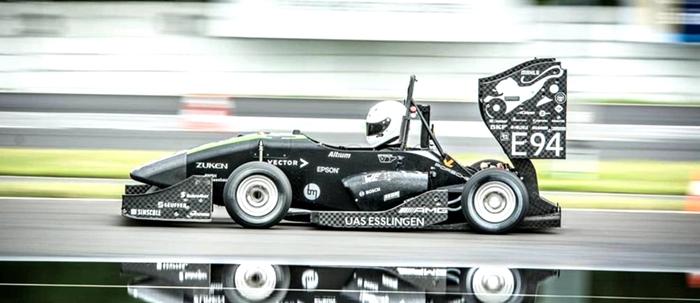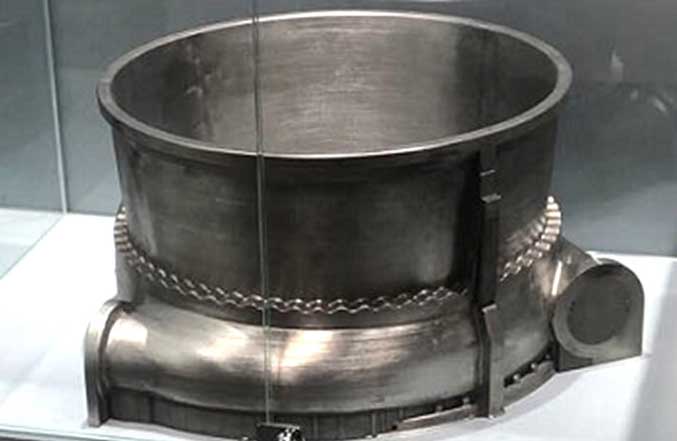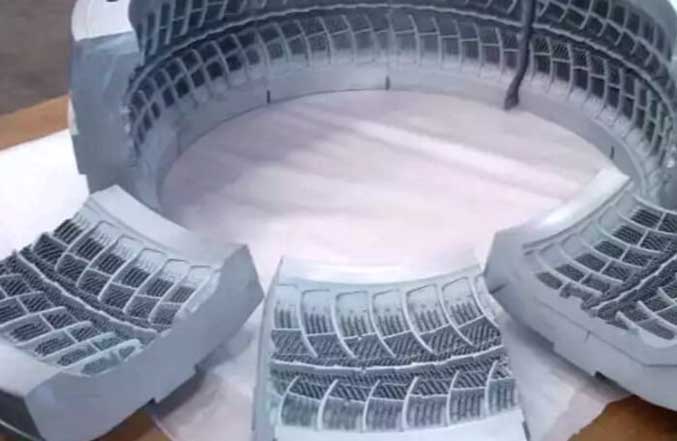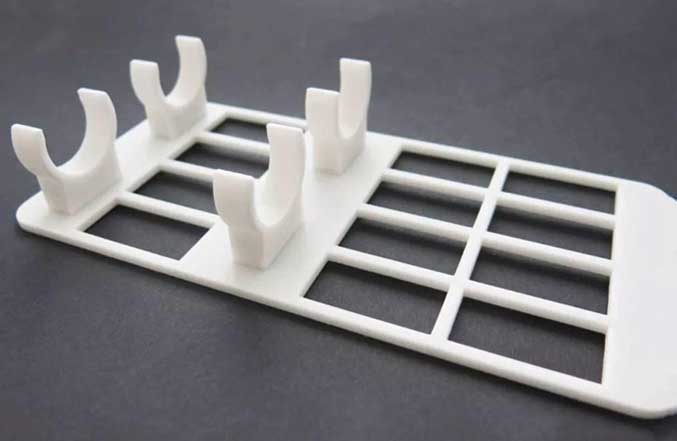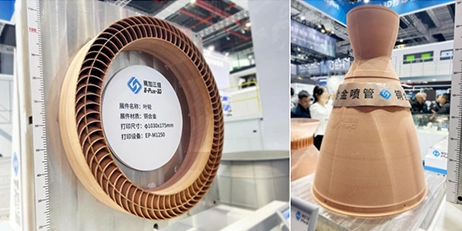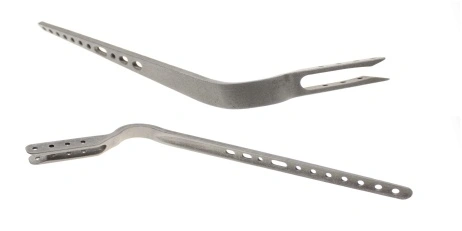Although larger industrial heat exchangers still use traditional manufacturing techniques, most of the time, the demand for heat exchangers is moving towards smaller and smaller sizes and more compact structures.
The main benefit provided by 3D printing-additive manufacturing technology is increased design freedom, which allows for more efficient heat transfer while reducing the number of parts required. This leads to less space and less material, which makes the device lighter, and at the same time can manage higher heat load and power density.
Today, we will share a case studies of a 3D printed cooling water jacket designed and developed by the German FSG formula racing team "E-Stall" in cooperation with us to experience the representative technology accelerator How to improve the performance of parts through additive manufacturing technology for motor sports.
Cooling challenges of high-performance motors
The racing team "E-Stall" of the Esslingen University of Applied Sciences (Esslingen University of Applied Sciences) is designing and manufacturing an electric racing car for the FSG.

For many years, E.Stall has been a recognized competitor in the Formula Student competition. Based on the experience of the previous racing season, they hope to improve the cooling system of the electric racing car in terms of reliability. The cooling water jacket used by the E.Stall team was made of high-temperature resistant plastic, divided into two half shells, and installed directly on the motor. The purpose of the cooling water jacket is to adjust the temperature of the motor to prevent the motor from overheating during racing. If the motor is not cooled in time, the risk of damage is high. In previous seasons, plastic cooling water jackets were used, which was prone to water leakage and caused problems with the motor.
Increase the freedom of cooling system design
The E.Stall team used EPLUS3D's powder bed laser melting metal 3D printing technology to obtain more free space for the optimization of the cooling water jacket design.
In electric all-wheel drive racing, high-performance motors must be cooled. There is only a small amount of airflow in the rims of racing cars, so it is essential to use a cooling water jacket. There are a set of cooling water pipes on both sides, and the two motors of the racing car are cooled by corresponding converters.

E.Stall adopts the latest design plan for additive manufacturing and the EP-M250Pro, a 3D-printed aluminum cooling water jacket, which is a 3D printed aluminum cooling water jacket, which solves the problem of water leakage and cooling water. The structure and weight of the sleeve have also been significantly optimized.
The versatility of metal 3D printing technology gives the E.Stall team more opportunities to test new shapes, which is impossible with traditional methods. At the same time, the material properties of aluminum enable the entire surface of the cooling water jacket to dissipate heat.
The 3D printed aluminum cooling water jacket adopts an integrated design of function integration, in which the cooling water circuit is integrated in the thin-walled structure. The E. Stall team performed fluid simulation on the cooling water jacket designed by additive manufacturing, and continuously improved the design plan, and finally got a An aluminum cooling water jacket with an inner diameter of 94 mm, an outer diameter of 112 mm, and a height of 126 mm.
According to the E.Stall team, with the help of the Eplus 3D team and its latest additive manufacturing technology, they can use a high-precision 3D printer to reduce the wall thickness of the cooling water jacket, thereby reducing the overall diameter. This complicated design is unimaginable through traditional manufacturing technology.
